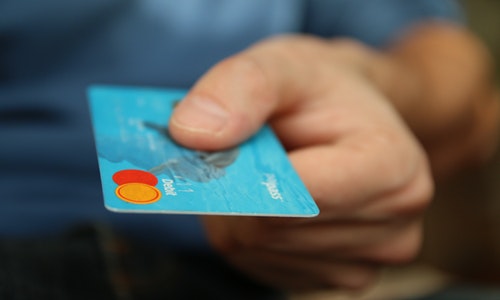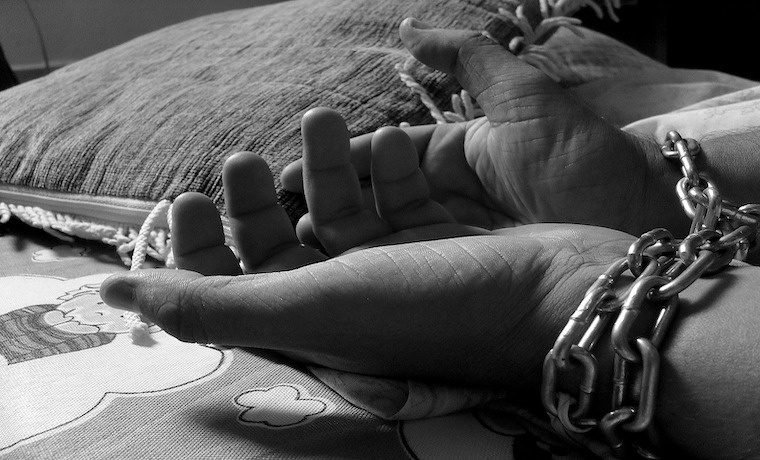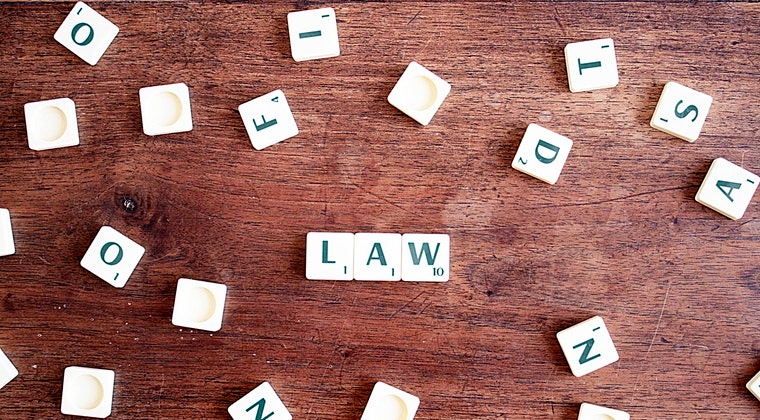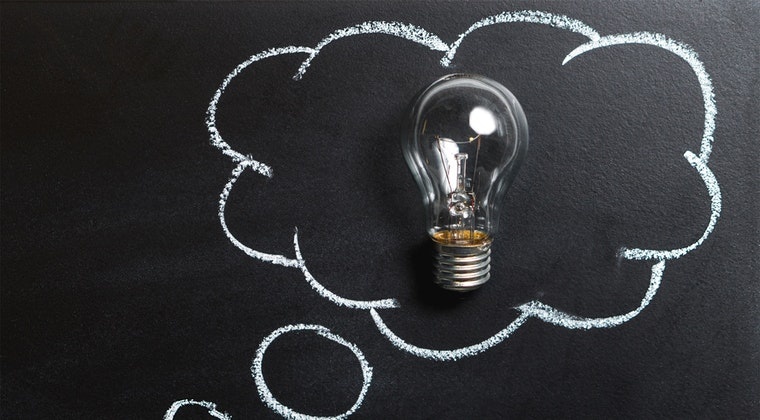What is a buyer journey?
When we buy something, regardless of whether it is a product or a service, we go through what is known as the ‘buyers journey’. The buying journey is a series of decisions when we make a purchase. Initially the decision might be whether we really want or need the product, and eventually, it will be about which organisation you will buy from, and perhaps what add-ons or extras you may also purchase. A typical buyers journey is shown in the diagram below, where the buyer moves from a state where they are satisfied, through to a state where they review their purchase afterwards.
The buying journey has changed substantially with the advent of the Internet and widely available information about products or services from suppliers as well as the myriad of review sites that have popped up over time. Many websites have also incorporated a social element, allowing individuals to provide personal reviews and comments.
Google recently undertook a ground-breaking piece of research on the buying process, called the Zero Moment of Truth, or ZMOT for short. ZMOT describes a revolution in the way consumers search for information online and make decisions about brands. Google found that people are increasingly making these decisions at the Zero Moment—the precise moment when they have a need, intent or question they want answered online. The phrase “Google it” has become an everyday part of our vocabulary. A brand that answers these questions at just the right time scores a double win: It helps improve a consumer’s life and stands to gain a competitive advantage over brands that don’t. Given that there are over 3.5 billion Google searches each day, if your business isn’t helping to answer these questions, then you are effectively invisible.
It is important to understand the buyers journey for your clients, as your brand and company name needs to appear at each step of the journey, and you need to provide useful content for buyers at each stage.
The decision about who the products or services will be bought from is made around 80% of the way through the buying process. This is usually the time when someone contacts you for a quote, or to discuss a specific aspect of what you do, and to ask a few questions. Often the buyer is well informed at this stage and will tend to ask more specific or detailed questions, which stems from them having done a lot of research before contacting you.
It’s important to also understand that at any given point in time, roughly 3% of your target market is looking to buy. If you focus your marketing and communication too late in the buying journey, you are likely to not get the job but instead become the ‘third quote’, or may not get asked to quote at all.
How do people make buying decisions?
The buyer makes a series of decisions throughout the buyers journey. I’ll illustrate this using the common example of buying a new car. The vast majority of people are happy with their current car, and as such they are ‘satisfied’. They are not even thinking about looking for another car. However, for some people there are a few niggling issues. Maybe the car is regularly breaking down, perhaps it uses a lot of fuel, so it is expensive to run, or maybe it’s just too small for your family when you want to go away. A clever marketer can even create an issue, which casts doubt in the buyer’s mind. Often it is a specific event that triggers the thought: “I’m sick of this car. We need to get a new one”.
Once this trigger has occurred, the buyer is now in the ‘aware’ state. They are aware of the issue with their existing car, and now feel motivated to look and consider what they may want in a new car, and research what is available in the market. If at this point, the issue that triggered the awareness is not sufficiently painful, the buyer may just give up and relapse into the satisfied state. They just put up with the issues they have with their existing car.
When people are in the ‘Choice’ and ‘Criteria’ stage of the buying journey, most of their time is spent researching the range of products or services available to understand the market and what is available. Buyers often have a mental checklist of features or attributes they need or want, and through their research they tend to zoom in on what they think might be best. Using our example, we might make an initial choice as to the type of vehicle we need – in other words, do we want a sports car, an SUV, a people mover or a small town car. We then star identifying, even subconsciously, the specific features we want and even identify the sort of price point we are looking at. We may even narrow the criteria down to a specific make and model of car.
At the ‘Action’ step, the buyer is making the decision about where they should buy the car. Should they buy it from one of the local dealers, or can they get a better deal from a bigger city, or even online through a car broker. They will compare dealerships, get a number of quotes, and look at review websites to see which parts customers were most happy with. Then they make the purchase.
The ‘Review’ step takes place after the actual purchase. The buyer is evaluating whether they have made the right decision and determining if they are happy with not only the car, but also happy with the dealership and sale person they bought the car from. Quite often the buying process is emotional in nature. At the ‘Review’ stage, the buyer will rationalise their decision and convince themselves that they made a good choice and are happy. People don’t like to be wrong or feel like they have been ripped off and end up with ‘buyer’s remorse’ and regret spending the money.
So what is your customer’s buying journey?






